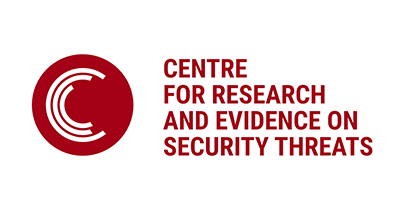
The internal brakes on violent escalation
Funder
CREST
Total value of project
£57,427.20
Project team
Collaborators
Donald Holbrook, University College London; Graham Macklin, Center for Research on Extremism, Oslo University
Duration of project
2017 - 2019

Project overview
Why do some ‘extremists’ or ‘extremist groups’ choose not to engage in violence, or only in particular forms of low-level violence? Why, even in deeply violent groups, are there often thresholds of violence that members rarely if ever cross?
Part of the answer is likely to lie in external constraints, such as the counter-measures put in place by state and non-state actors to inhibit the activities of such groups. Yet the fact that few if any groups carry out as much violence as they are capable of, indicates that in most cases external constraints comprise only part of the answer. Detailed empirical accounts indicate that pressures within these groups also inhibit the adoption or diffusion of greater violence. In other words, the limits on violence are to some extent self-imposed. To date, however, there has been little systematic analysis of these ‘internal brakes’ on violent escalation.
In response to this gap in understanding, we set out to develop a typology to describe and categorise the internal brakes on violent escalation within extremist groups – including both more and less formalised groups.
Project objectives
To develop a descriptive typology of the ‘internal brakes’ on violent escalation – the practices through which members of militant groups themselves contribute to limit their use of violence.




